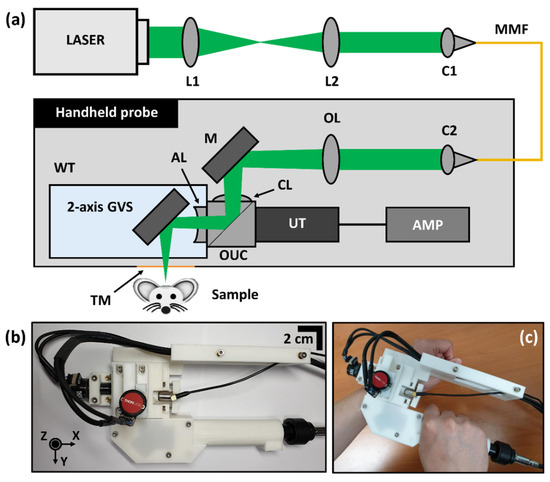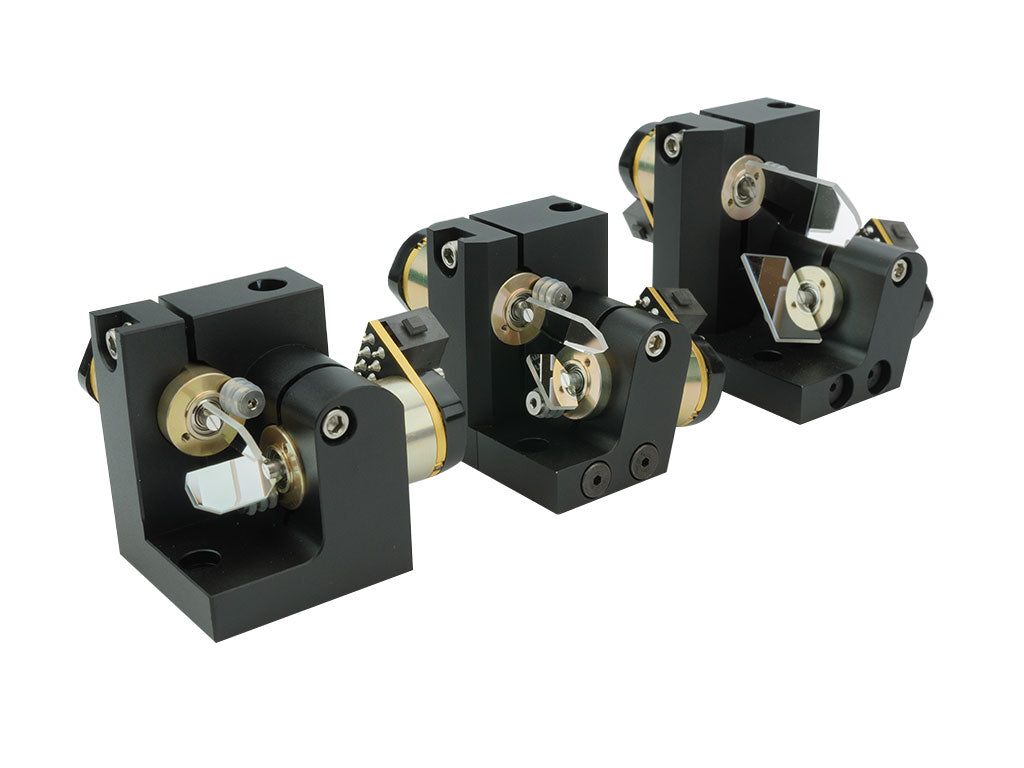Discover the Benefits of Using a Galvanometer Scanner in Precision Dimension
Discover the Benefits of Using a Galvanometer Scanner in Precision Dimension
Blog Article
Just How a Galvanometer Scanner Enhances Performance in Laser Scanning Technologies
The integration of galvanometer scanners in laser scanning modern technologies stands for a pivotal advancement in accuracy engineering. By facilitating quick and precise changes of laser beam instructions, these gadgets considerably boost functional effectiveness across numerous applications, from medical imaging to industrial engraving.
Recognizing Galvanometer Scanners
A galvanometer scanner is a sophisticated device that leverages electro-magnetic principles to achieve accurate angular activity of mirrors or other reflective surfaces. These scanners operate with the communication of an electric present and an electromagnetic field, enabling rapid and exact placing. This modern technology is vital in applications calling for high-speed scanning, such as laser inscription, optical communication, and medical imaging.

Galvanometer scanners are frequently defined by their rapid action times and high angular resolution, making them optimal for applications that demand rapid movements and exact positioning. Their reliability and efficiency make them an important component in modern-day laser scanning innovations, adding significantly to advancements in different fields, consisting of production, medical care, and telecommunications.
Mechanism of Laser Beam Of Light Control

The control mechanism counts on closed-loop feedback systems that continuously check the light beam's placement. The signals from optical sensors provide real-time information to the control system, permitting fast modifications to preserve precision. This is crucial in applications where even small variances can compromise the quality of the scan or engraving.
In addition, the galvanometer's action time is extremely important; high-speed electric motors make it possible for swift movements, guaranteeing that the laser beam can rapidly trace intricate patterns or execute detailed procedures. The combination of digital signal processing even more boosts the responsiveness and precision of the galvanometer scanner. Overall, the mechanism of laser beam control via galvanometer scanners exhibits the blend of sophisticated design and technology, generating high-performance results in laser scanning applications.
Advantages of Improved Precision
Improved accuracy in laser scanning modern technologies uses substantial benefits throughout various applications, from commercial production to medical procedures. The combination of galvanometer scanners permits highly precise light beam positioning, which is vital for tasks needing careful information. This improved precision makes certain that the laser can target certain locations with marginal inconsistency, leading to premium top quality results.
In commercial contexts, precise laser scanning leads to enhanced item consistency and minimized material waste. In clinical applications, the accuracy of laser procedures can significantly affect patient results.
Additionally, boosted precision helps with innovative applications such as 3D imaging and microfabrication, where even minute errors can result in substantial errors. By offering repeatable and trusted laser positioning, galvanometer scanners add to the total efficiency and performance of laser systems. In recap, the benefits of enhanced precision not just enhance operational performance yet likewise elevate the requirements of high quality and safety and security in different industries.
Applications in Different Industries
The adaptability of galvanometer scanners in laser scanning innovations prolongs across multiple industries, each benefiting from the accuracy they provide. In the medical area, these scanners are critical in applications such as laser surgical treatment and imaging, enabling highly exact targeting of cells while lessening damages to bordering areas - galvanometer scanner. see here now Their quick reaction and fine resolution are important in generating high-quality outcomes
In the manufacturing sector, galvanometer scanners improve procedures like laser inscription and cutting. Their capacity to quickly direct laser beams onto surface areas makes it possible for effective manufacturing lines, boosting speed and accuracy in producing elaborate styles or elements.
The automobile industry also takes advantage of on galvanometer modern technology for quality assurance and assessments (galvanometer scanner). By using high-speed scanning, producers can discover defects in settings up or products, guaranteeing that products meet rigid standards
Furthermore, in the entertainment sector, galvanometer scanners are used in laser light programs and displays, supplying vibrant aesthetic experiences with precise control over laser movements.
Future Patterns in Laser Scanning
Arising modern technologies are positioned to transform the landscape of laser scanning, with galvanometer scanners at the center of this transformation. As sectors significantly require accuracy and performance, the evolution of galvanometer technology will certainly drive substantial innovations in laser scanning applications.
Future patterns indicate a growing combination of expert system and device understanding formulas, which will improve data processing capacities and automate decision-making in real-time. This harmony will permit a lot more advanced evaluation of scanned data, bring about boosted precision in applications such as 3D modeling and independent navigating.
Moreover, the miniaturization of components and the development of innovative products will add to lighter, extra mobile laser scanning systems. This transportability will certainly increase the reach of laser scanning modern technologies right into formerly hard to reach atmospheres, such as remote surface and complex building areas.
The rise of increased Continued truth (AR) and online truth (VIRTUAL REALITY) applications will certainly additionally form the future of laser scanning. By incorporating galvanometer scanners with AR and virtual reality, individuals will benefit from immersive experiences that boost visualization and task planning.
Conclusion
Finally, galvanometer scanners play a critical role in optimizing laser scanning modern technologies through their specific control of beam instructions and rapid angular changes. The integration of advanced feedback systems and optical sensing units substantially enhances operational speed and accuracy, bring about improved end results in applications such as laser inscription and clinical imaging. As industries progressively embrace these innovations, the ongoing innovations in galvanometer scanner styles are expected to further elevate efficiency standards and broaden application opportunities.
The assimilation of galvanometer scanners in laser scanning technologies represents an essential innovation in precision design. Overall, the mechanism of laser beam control through galvanometer scanners exhibits the combination of sophisticated engineering and modern technology, yielding high-performance end results in laser scanning applications.
By offering reputable and repeatable laser positioning, galvanometer scanners check my reference contribute to the total efficiency and performance of laser systems.The flexibility of galvanometer scanners in laser scanning modern technologies prolongs across numerous sectors, each benefiting from the accuracy they supply.In conclusion, galvanometer scanners play a pivotal role in enhancing laser scanning technologies through their accurate control of light beam direction and fast angular modifications.
Report this page